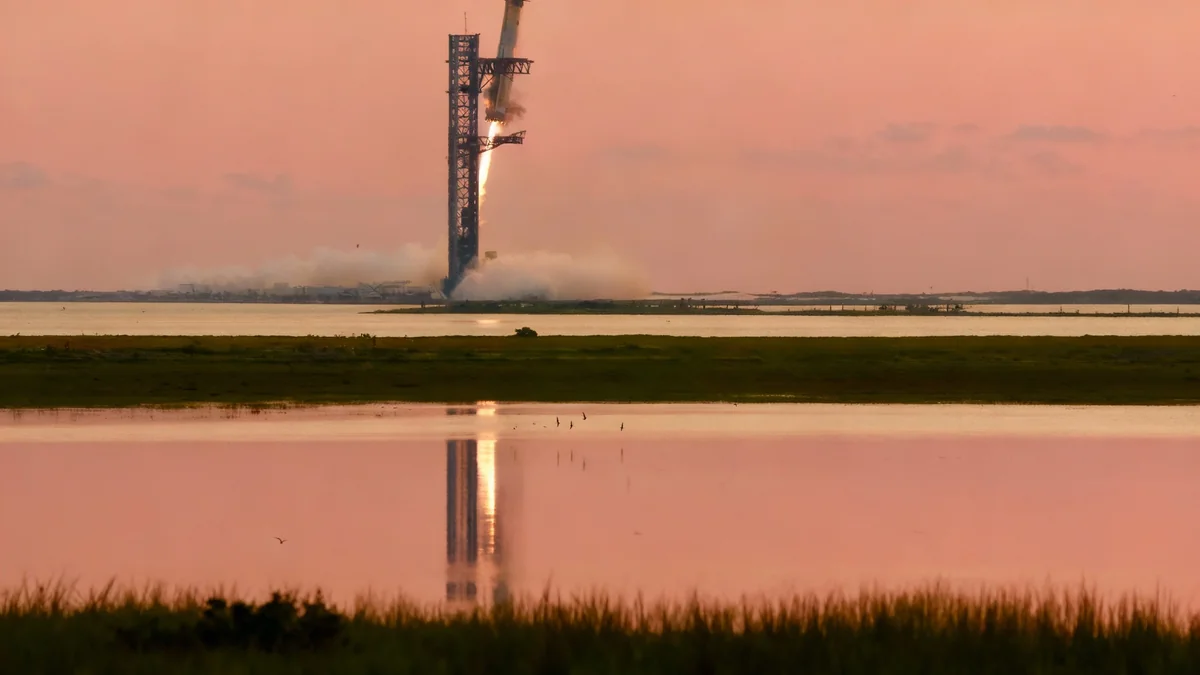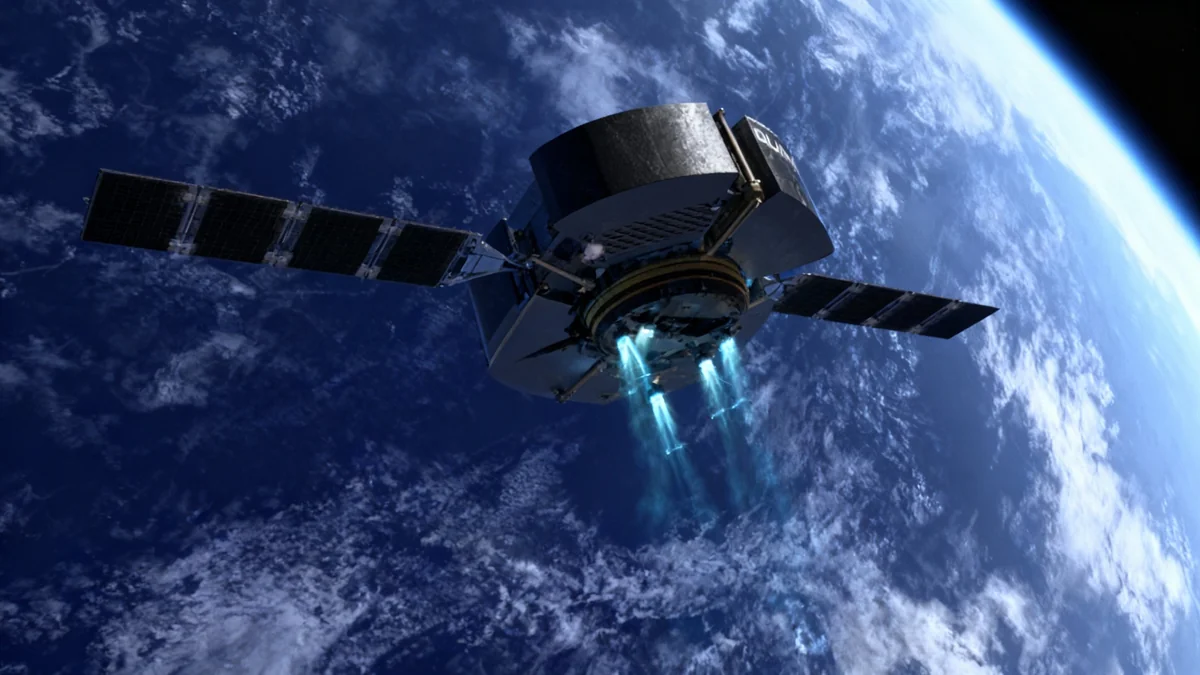The debate over humanity's future in space has long been framed as a choice between sending costly human missions or more efficient robotic explorers. However, a deeper look at the challenges of long-term survival beyond Earth suggests the answer may not be about choosing one over the other, but about redefining what it means to extend life into the cosmos.
From the immense cost of keeping astronauts alive on the International Space Station to the scientific triumphs of robotic rovers on Mars, the path forward involves grappling with complex technological, ecological, and philosophical questions. The ultimate goal may be less about human colonization and more about expanding Earth's entire biosphere into the solar system.
Key Takeaways
- The International Space Station has cost over $150 billion, raising questions about the value of human spaceflight compared to more affordable robotic missions.
- Current life support systems are not self-sustaining, requiring over a metric ton of supplies from Earth per astronaut annually.
- Robotic missions, like the Mars rovers, have delivered major scientific breakthroughs and can operate in environments hostile to humans.
- Future space exploration may focus on creating self-sustaining, closed-loop ecosystems beyond Earth, merging biology with technology.
The High Cost of a Human Presence
For decades, the image of an astronaut has symbolized the pinnacle of exploration. The heroic repair of the Hubble Space Telescope in the 1990s stands as a testament to what humans can achieve in orbit, turning a flawed instrument into one of the most productive scientific tools ever built.
However, maintaining a continuous human presence in space comes at a staggering price. The International Space Station (ISS), the most expensive object ever constructed by humanity, has a price tag exceeding $150 billion. While it has provided valuable data on life in microgravity, its scientific output has been scrutinized when weighed against its immense cost.
Keeping a small crew alive aboard the ISS is a massive logistical challenge. The station's life support system is an open loop, meaning it cannot recycle all resources indefinitely. It relies on constant resupply missions from Earth.
Each astronaut on the ISS requires more than 1,000 kilograms (one metric ton) of food, water, and other essential materials to be shipped from Earth every year. This reliance makes long-duration missions to Mars or beyond currently unfeasible.
The Ecological Hurdle
The core challenge is ecological. On Earth, our civilization is supported by a complex web of natural systems. The concept of an "ecological footprint" measures the amount of land required to sustainably support a person. In industrialized nations, this can be between 3 and 10 hectares per person.
By contrast, the internal volume of the ISS is roughly equivalent to a Boeing 747, an area far too small to replicate Earth's life-sustaining processes. This reality was demonstrated by the Biosphere 2 experiment in the early 1990s. The ambitious project attempted to create a self-contained, 3-acre ecosystem in Arizona with eight human inhabitants.
Despite its scale, the experiment was plagued by problems, including fluctuating oxygen and carbon dioxide levels and internal conflicts. It served as a powerful lesson: we do not yet know how to build a fully independent, self-sustaining habitat separate from Earth's biosphere.
The Unrivaled Success of Robotic Explorers
While human spaceflight faces fundamental challenges, robotic missions have been exploring the solar system with remarkable success and efficiency. Uncrewed spacecraft have visited every planet, landed on asteroids, and peered into the universe's distant past.
The six rovers sent to Mars by the United States and China are prime examples of this progress. These mobile laboratories have made groundbreaking discoveries, including providing definitive evidence that ancient Mars once had lakes capable of supporting life.
"Robots get to see in ways we can't. They can see the distinctions that we as geologists want to see." - Janet Vertesi, Sociologist
Sociologist Janet Vertesi, who studied the Mars rover missions, highlights that these machines are more than just remote-controlled vehicles. They are extensions of human scientific inquiry, equipped with sensors that perceive wavelengths of light far beyond human vision. The newest rover, Perseverance, uses advanced artificial intelligence to navigate the Martian terrain faster and more autonomously than its predecessors.
Future missions are even more ambitious. NASA's planned Dragonfly mission will send a nuclear-powered robotic helicopter to explore the dense, smoggy atmosphere of Saturn's largest moon, Titan. These missions achieve complex scientific goals in environments where humans could not survive.
A New Vision for Life Beyond Earth
The debate is shifting away from a simple binary choice between humans and robots. Instead, thinkers are considering a future where technology and biology merge to create new forms of life in space. The key limitation of current machines is that they cannot self-repair or replicate using local resources—a fundamental characteristic of life.
The von Neumann Probe Concept
In the 1940s, mathematician John von Neumann theorized a "universal constructor," a machine capable of building copies of itself. This led to the science fiction concept of a "von Neumann probe," a spacecraft that could travel to another star system, mine resources from asteroids, and build replicas of itself to continue exploring the galaxy.
While this remains theoretical, the principle of using local resources is critical. The high cost of launching materials from Earth provides a strong incentive to develop technologies that can build, repair, and grow in space. This could involve advanced 3D printing using lunar or Martian soil, or even organically grown habitats.
This new approach frames space expansion not as conquest, but as an extension of the biosphere itself. The goal would be to create self-sustaining ecosystems on the Moon, Mars, or in orbiting habitats—modern versions of Biosphere 2, built with decades of new knowledge.
The Co-evolution of Life and Machines
The expansion into space will likely accelerate the co-evolution of organic life and intelligent machines. Rather than simply surrounding humans with mechanical life support, future habitats could be integrated ecosystems where technology, plants, and microbes work together.
This approach offers profound scientific benefits. Creating and studying new ecosystems beyond Earth would transform our understanding of life itself. With only one known example of a habitable planet—our own—our search for extraterrestrial life is limited. Gaining direct experience with sustaining life in different environments would fundamentally change our perspective.
As the private sector's role in space grows, public engagement in these questions is more critical than ever. Decisions made today will have long-lasting consequences. The future of life in space is not just for billionaires and space agencies to decide; it requires a broad conversation about governance, ethics, and our collective vision for humanity's place in the cosmos.





